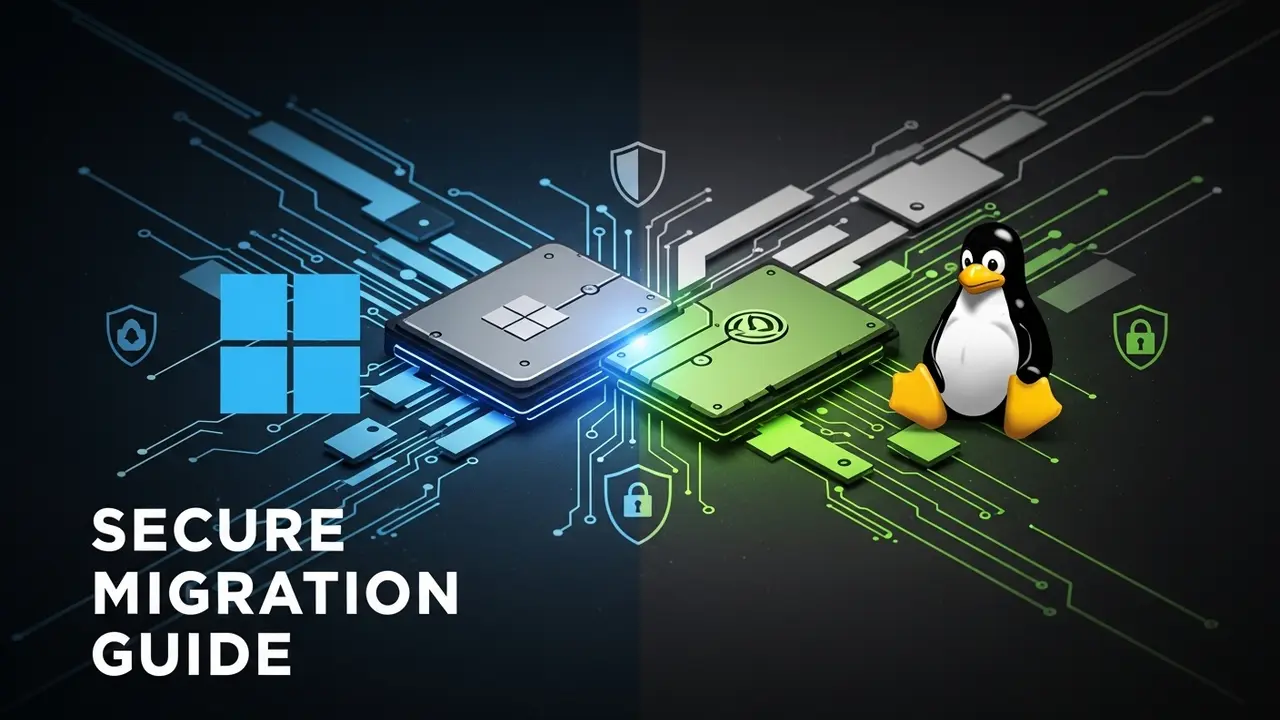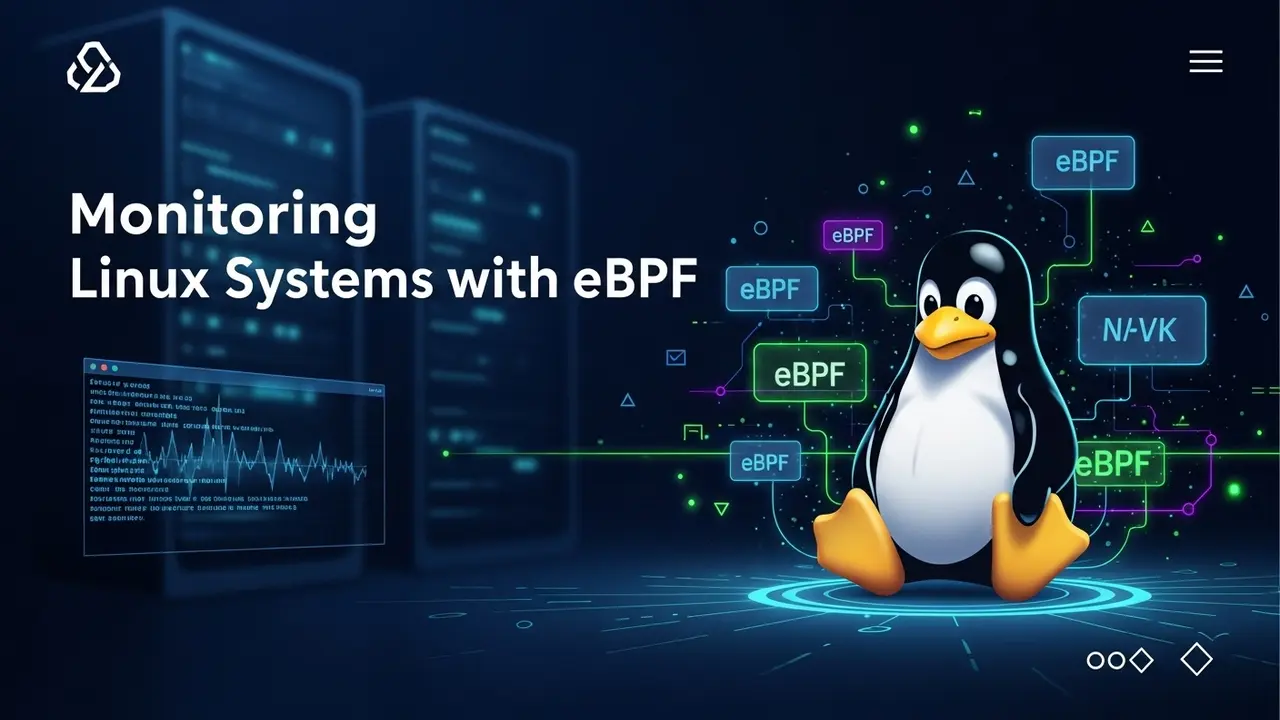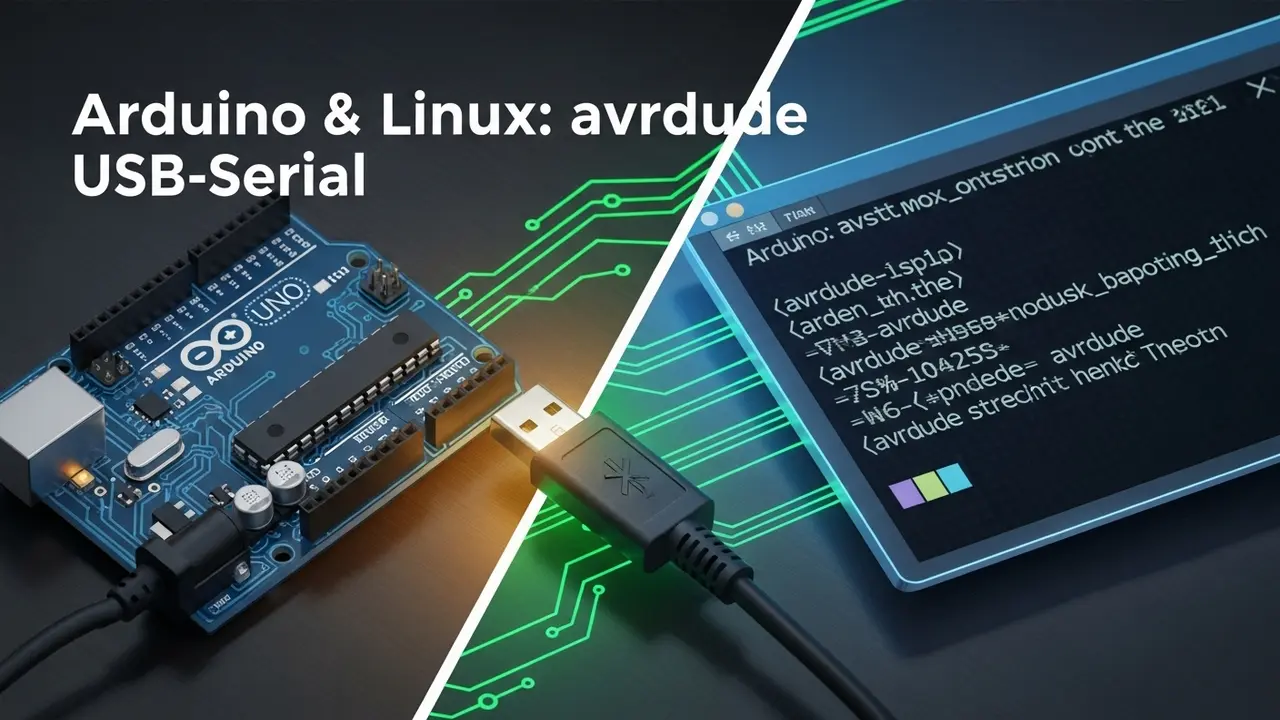- 1 They Said Dual-Booting Would Break My Machine
- 2 Step 1 – Copy, Copy, Copy (the 3-2-1 Coffee-Proof Method)
- 3 Step 2 – Prune Windows, But Don’t Hack At It
- 4 Step 3 – Pick a Linux That Plays Nice With Your UEFI
- 5 Step 4 – Carve Up the Space Like a Thanksgiving Turkey
- 6 Step 5 – Lock the Doors but Keep the Keys Handy
- 7 Step 6 – Rehearse Your Disaster Day
- 8 Quick-Fix FAQ My Friends Actually Ask
- 9 What “Success” Looks Like Three Months Later
They Said Dual-Booting Would Break My Machine
Monday, 11 p.m.—I’m staring at a black screen, coffee gone cold. Somewhere between shrinking my Windows partition and clicking “Next,” my eight-month-old laptop lost track of everything it once knew. I’d followed a three-year-old guide from a random forum. Rookie move.
If you’ve bricked a computer before, you know the feeling. Your stomach drops. All those photos, work files, Steam saves—poof. What the guides don’t tell you is that Windows 11 turned the whole dual-boot game upside-down: Secure Boot, TPM 2.0, and the constant fear of “Black screen, no cursor.”
The good news? After rescuing my own system (and about thirty others on Reddit), I wrote the playbook I wish I’d had that night. No magic beans, no “one-click miracle”; just a plan that treats your data like it’s actually yours.
Step 1 – Copy, Copy, Copy (the 3-2-1 Coffee-Proof Method)
I back up like a paranoid librarian. Always.
- 3 copies: the original + two backups.
- 2 different places: one on an external SSD, one in the cloud (Backblaze, OneDrive—take your pick).
- 1 off-site: the cloud copy covers fires, theft, or an accidental drop down the stairs.
Windows built-in “System Image Backup” is still hiding in Control Panel. Ten minutes to start it, then sleep. Let it finish overnight.
Script kiddie life-saver: keep a live Ubuntu USB nearby. When GRUB ghosts you, you’ll boot into purple salvation.
Step 2 – Prune Windows, But Don’t Hack At It
Start inside Windows itself.
- Type disk management in the Start Menu and hit Enter.
- Right-click your main C: partition → Shrink Volume.
- Let it calculate, then give it at least 50 GB to hand to Linux. Go bigger if you’ll be hacking in Docker or storing 4K home videos.
Never touch third-party partition tools here. I’ve rescued users who swore by FamousPartitionSuite™ until it vanished their drive letters.
Step 3 – Pick a Linux That Plays Nice With Your UEFI
Avoid the “install anything” macho urge. Pick something that already owns the digital keys Microsoft likes:
- Ubuntu (signed shims)
- Fedora Workstation
- openSUSE
Go grab the Rufus USB creator. Drag in the ISO, set partition scheme to GPT, leave Secure Boot alone—yes, leave it on. Remember the black-screen horror story? That toggle is the culprit if you flip it off.
Step 4 – Carve Up the Space Like a Thanksgiving Turkey
Boot the Ubuntu stick, click “Something else,” and draw these four lines:
| Partition | Size | Format | Mount Point |
| efi | 512 MB | FAT32 | /boot/efi |
| swap | 16 GB* | swap | none |
| root | 30–40 GB | ext4 | / |
| home | Everything left | ext4 | /home |
*Match your RAM if you plan on suspend-to-disk (hibernate).
Set Device for bootloader installation to the EFI partition (usually /dev/sda1). Click Install and go brew a fresh cup—the installer does the rest.
Step 5 – Lock the Doors but Keep the Keys Handy
Windows side:
- Enable BitLocker on the Windows partition only after Linux is happily installed. Recovery key goes to your Microsoft Account for safe keeping.
Linux side:
- Enable LUKS on the home partition during install. Skip full-disk encryption—you’ll share your drive, not get married to it.
- Drop a VeraCrypt container on a shared exFAT drive for files you need in both neighborhoods.
This layered approach keeps the operating systems polite strangers instead of snoopy housemates.
Step 6 – Rehearse Your Disaster Day
Sunday morning, no deadlines—perfect drill day.
- Break Windows bootloader on purpose:
Reboot, spam F12, boot Windows installer USB → Repair → Command Prompt.bootrec /fixmbr bootrec /fixboot bootrec /scanos bootrec /rebuildbcd - Break Linux:
Boot the Ubuntu live USB again.sudo mount /dev/sda2 /mnt sudo mount /dev/sda1 /mnt/boot/efi sudo chroot /mnt grub-install --efi-directory=/boot/efi update-grub exit reboot
Do it once so your muscle memory is there before the coffee is missing.
Quick-Fix FAQ My Friends Actually Ask
Clock keeps switching?
Windows loves local time; Linux loves UTC. Cure: run inside Windows’ admin terminal:
reg add HKLM\SYSTEM\CurrentControlSet\Control\TimeZoneInformation /v RealTimeIsUniversal /t REG_DWORD /d 1 /f
Updates murder GRUB?
GRUB fought Windows and Windows won. Just means you get to practice Step 6. Takes ninety seconds—you already know the steps.
Sharing documents between the two?
Create an extra little fat32 or exFAT partition. Both OSes read/write it without nursemaids or driver tantrums. Store nothing sensitive there unless it’s in a VeraCrypt vault.
What “Success” Looks Like Three Months Later
Tuesday afternoon: I click restart, arrow-key to **Ubuntu**, hit Enter. VS Code loads under two seconds. Docker images spin up. NPM runs pre-commit hooks six minutes faster than on Windows.
Wednesday night: I’m dying to game. I reboot to **Windows 11**, Steam plops me straight into Helldivers 2, drivers updated automatically.
No black screens. No “Reboot and select proper boot device.” Just two operating systems coexisting like roommates who do their own dishes and never borrow clothes.
If you’re ready, grab the August 2025 Ubuntu release, follow the four corners above, and rest easy. Your laptop—and your 2024 tax photos—will stay exactly where you left them.







